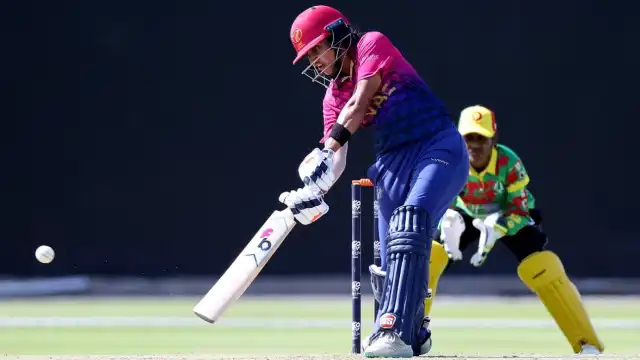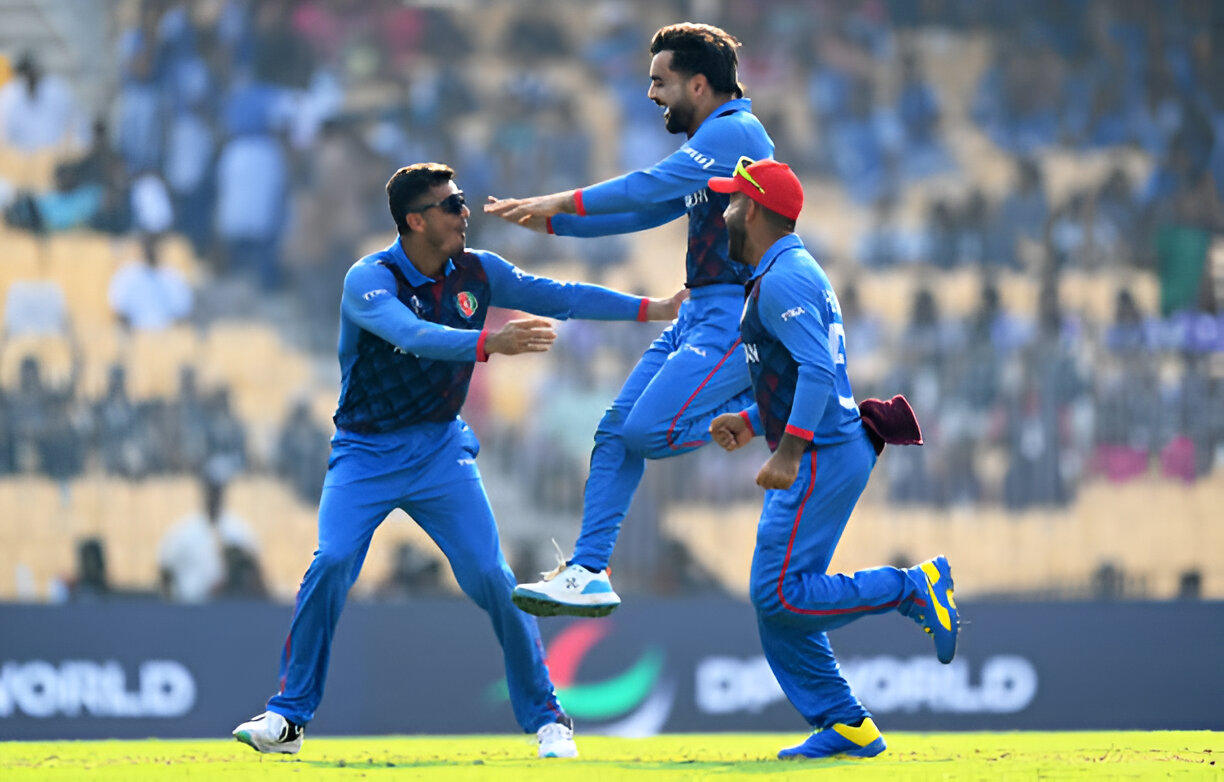Women’s cricket has witnessed an unprecedented rise in popularity and performance over the past decade. From packed stadiums during ICC tournaments to viral moments on social media, female cricketers are now commanding global attention. The growth of women’s cricket is not just about numbers—it reflects increased investment, evolving fan engagement, and a broader cultural shift towards gender equality in sports.
In this blog, we explore the scope of women’s cricket growth, key trends, emerging talents, and how the sport is shaping the future for female athletes worldwide.
1. Historical Context and Recent Progress
For decades, women’s cricket was overshadowed by the men’s game, with limited opportunities and media coverage. However, recent years have seen a dramatic transformation:
- Increased participation: More countries are fielding women’s national teams and investing in grassroots programs.
- Professional contracts: Boards like India, Australia, and England now offer central contracts to female cricketers, providing financial stability and career growth.
- Media coverage: Platforms like ICC.tv, YouTube, and mainstream broadcasters are showcasing women’s tournaments, expanding fan reach globally.
This progress has broadened the scope of women’s cricket, attracting new players and fans alike.
2. Major Drivers of Growth
Several factors contribute to the growth of women’s cricket:
a) Tournaments and Leagues
- ICC Women’s World Cup & T20 World Cup: Showcase top talent and create global excitement.
- Women’s IPL: Introduces young talent to professional cricket, offers exposure, and increases fan engagement.
- Regional leagues: Initiatives in Australia, England, and the Caribbean provide competitive opportunities for emerging players.
b) Sponsorship and Investment
Corporate sponsorships are increasing, bringing better infrastructure, coaching, and financial incentives. This investment motivates players to pursue cricket professionally, expanding the sport’s scope.
c) Social Media and Fan Engagement
Platforms like Instagram, Twitter, and TikTok have amplified women cricketers’ presence. Memorable performances, boundary highlights, and interviews go viral, attracting younger audiences and inspiring future generations.
3. Emerging Talents to Watch
The rise of young female cricketers is a key indicator of the sport’s growth:
- Shafali Verma (India): Explosive batter making waves in international T20s.
- Ellyse Perry (Australia): World-class all-rounder dominating batting and bowling charts.
- Nat Sciver-Brunt (England): Versatile all-rounder contributing in pressure games.
- Nashra Sandhu (Pakistan): Promising bowler gaining recognition in ICC tournaments.
These players demonstrate that women’s cricket talent is deep and diverse, ensuring a competitive global landscape.
4. Opportunities in Emerging Regions
Women’s cricket is growing beyond traditional powerhouses:
- Asia: Nepal, Bangladesh, and Afghanistan are investing in women’s cricket, introducing programs to nurture young players.
- Europe: Ireland, Scotland, and the Netherlands are producing competitive female teams for ICC events.
- Americas & Africa: The USA, West Indies, and South Africa are fostering female talent through regional competitions and academies.
The expansion into emerging regions highlights the global potential and scope of women’s cricket.
5. Challenges Facing Women’s Cricket
Despite progress, challenges remain:
- Infrastructure gaps: Limited stadiums, practice facilities, and coaching staff in some regions.
- Pay disparity: Female players often earn significantly less than male counterparts.
- Media bias: Coverage still lags behind men’s cricket, impacting visibility and sponsorships.
- Cultural barriers: In certain countries, social norms may discourage women from pursuing professional sports.
Addressing these challenges is crucial to unlocking the full potential of women’s cricket.
6. Role of Technology and Analytics
Advances in technology are reshaping women’s cricket:
- Performance analytics: Helps teams track player metrics, optimize strategies, and enhance skill development.
- Broadcasting & streaming: High-quality live coverage makes the game accessible to a global audience.
- Social media trends: Viral highlights increase fan interaction and sponsorship opportunities.
Technology ensures that women’s cricket is competitive, transparent, and increasingly professionalized, expanding its global footprint.
7. Future Scope and Predictions
The future of women’s cricket is bright, with several growth trends:
- Expanded leagues: More domestic leagues across continents, providing pathways for young talent.
- Grassroots programs: Schools and academies nurturing girls from an early age.
- Global viewership: Rising fan base through streaming platforms and social media engagement.
- Competitive balance: Emerging teams challenging traditional powerhouses, making tournaments more exciting.
By 2025 and beyond, women’s cricket is likely to rival men’s cricket in popularity, performance, and fan engagement.
Conclusion: A New Era for Women’s Cricket
Women’s cricket is no longer the “underdog” of the sport. With talented players, increasing investment, global fan engagement, and professional infrastructure, the game is entering a golden era. The scope for growth is immense—both in established cricketing nations and emerging regions.
For fans, this means more thrilling matches, high-octane tournaments, and the chance to witness the rise of new icons who inspire the next generation. Women’s cricket is not just growing—it is transforming the global cricket landscape, ensuring that every boundary, wicket, and victory contributes to a larger movement of empowerment and sports excellence.




